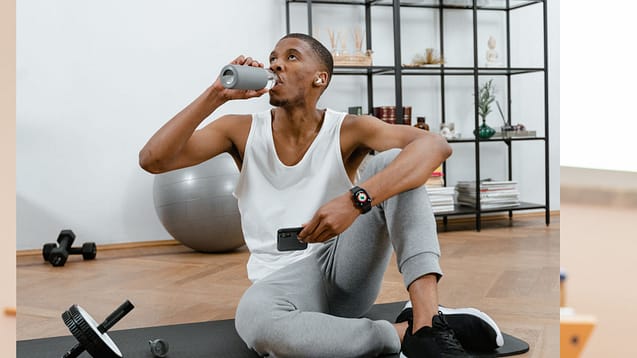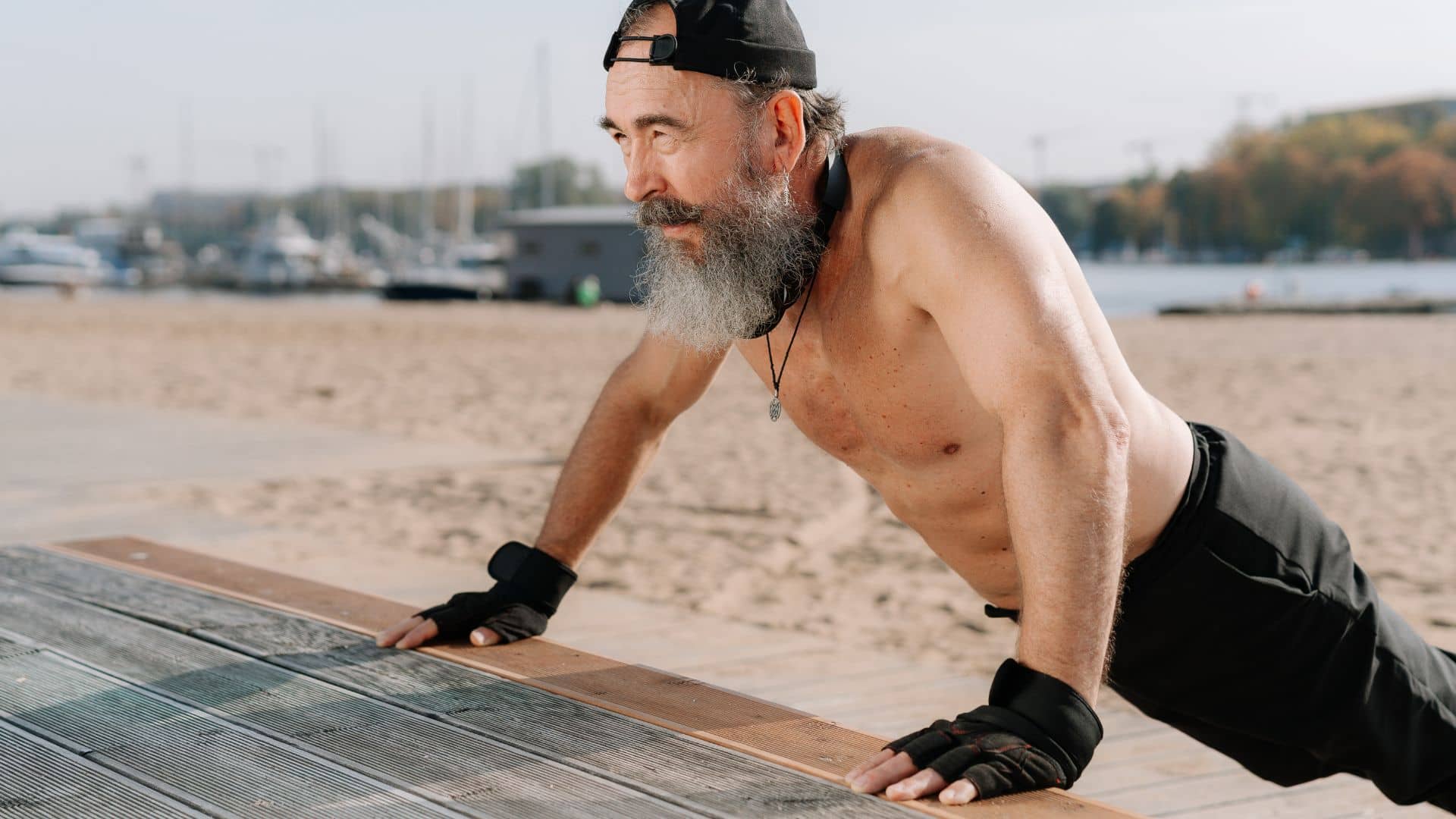Are you someone who enjoys a good workout but has noticed that you don’t sweat as much when doing pushups? If so, you’re not alone.
Many individuals have pondered the same question: Why don’t I sweat when I do pushups? Sweating is a natural bodily response that helps regulate body temperature and cool us down during physical activity.
However, pushups seem to elicit a different response. In this article, we’ll explore the possible reasons behind this phenomenon and shed light on the science behind sweating during exercise.
There could be a few reasons why you may not be sweating when you do push-ups. Sweating is the body’s natural response to regulate temperature and cool down during physical activity. Here are some possible explanations: Lack of intensity. Hydration level. Environmental factors and Individual differences.
If you are concerned about your lack of sweating during push-ups or experience other unusual symptoms, it’s always a good idea to consult with a healthcare professional for a more accurate assessment. They can provide personalized advice based on your specific circumstances.
Lack of intensity: If your push-up routine isn’t challenging enough, it might not elevate your heart rate and body temperature significantly, resulting in less sweating. To address this, you can try increasing the intensity of your workout. Here are a few ways to achieve that:
- Increase repetitions: Gradually add more push-up repetitions to your routine. Start by adding a few extra reps and gradually work your way up as you build strength and endurance.
- Try different variations: Explore different push-up variations that target different muscle groups and increase the overall difficulty. Examples include diamond push-ups, decline push-ups, or one-arm push-ups.
- Incorporate additional exercises: Combine push-ups with other exercises to create a more comprehensive and intense workout. For example, you can include mountain climbers, burpees, or planks in between sets of push-ups.
- Use weights or resistance bands: Add resistance to your push-up routine by using weights or resistance bands. This will make the exercise more challenging and engage your muscles to a greater extent.
Remember to progress gradually and listen to your body to avoid overexertion or injury. By increasing the intensity of your push-up routine, you can elevate your heart rate, increase body temperature, and potentially promote more sweating during your workouts.
Hydration level.
Sweating is closely connected to your body’s level of hydration. When you are properly hydrated, your body is better equipped to regulate its temperature through sweat production.
It’s important to ensure you drink enough water throughout the day, especially before and during your workouts.
By staying adequately hydrated, you can support your body’s natural sweating response and maintain optimal performance during exercises like push-ups.
Remember to regularly hydrate yourself to support your body’s cooling mechanism and overall well-being.

Environmental factors.
Individual differences.
Each person’s body reacts uniquely to exercise. Some individuals naturally sweat more than others, even during less intense activities like push-ups.
Factors such as genetics and individual physiology can influence the amount of sweat produced during physical exertion.
It’s essential to recognize that sweating patterns can vary from person to person, and the intensity of sweating should not be the sole indicator of the effectiveness of your workout.
Focus on maintaining proper form, challenging yourself, and listening to your body’s cues during exercise.
If you have any concerns about your sweating patterns or overall fitness, it’s always advisable to consult with a healthcare professional for personalized guidance. Remember, what matters most is engaging in regular physical activity and finding a routine that works best for your body.
Here’s a tabular format to address your request:
| Category | Why? | How? | Example |
|---|---|---|---|
| Lack of Intensity | Insufficient challenge in the routine | Increase repetitions or try variations | Adding more push-up repetitions or attempting different push-up variations. |
| Hydration Level | Inadequate body hydration | Drink enough water before and during workouts | Ensuring proper hydration by drinking water throughout the day, especially before and during exercise. |
| Environmental Factors | Temperature and humidity of surroundings | Adjusting to the room temperature and humidity | Exercising in a cool or air-conditioned environment may lead to less sweating, while a hot and humid room may increase sweating during push-ups. |
| Individual Differences | Variation in natural response to exercise | Genetic and physiological factors | Recognizing that everyone’s sweating patterns differ, some individuals naturally sweat more or less during physical activity. |
Please note that the provided examples are general illustrations to demonstrate the concepts and may not apply to every individual.
Conclusion.
In conclusion, there can be several reasons why you may not sweat much during push-ups. It could be due to the lack of intensity in your routine, inadequate hydration, the temperature and humidity of your surroundings, or simply individual differences in how your body responds to exercise.
It’s important to remember that sweating alone should not be the sole indicator of a successful workout.
Focus on maintaining proper form, challenging yourself, and listening to your body’s cues during exercise. If you have any concerns about your sweating patterns or overall fitness, it’s always advisable to consult with a healthcare professional for personalized guidance.


